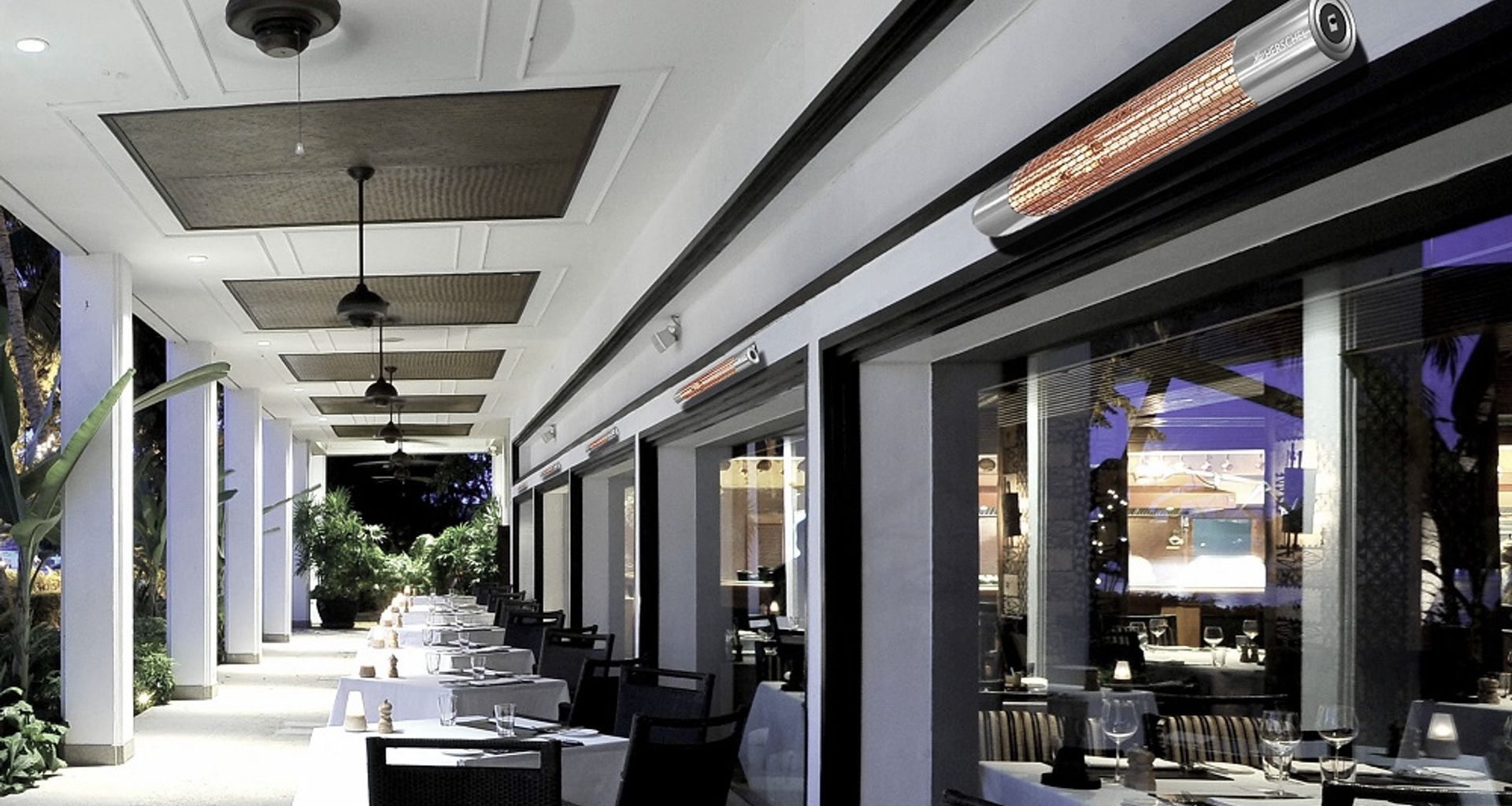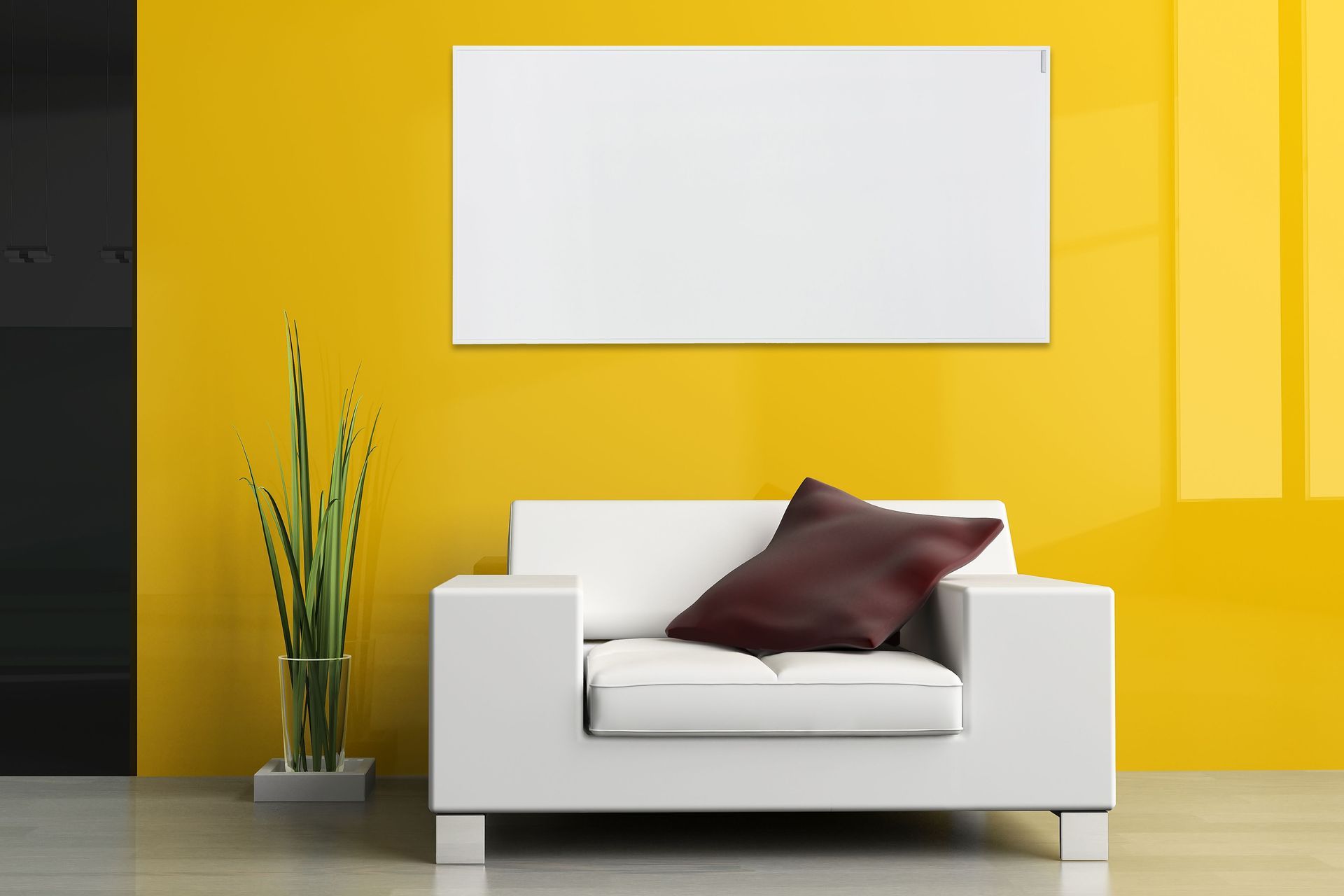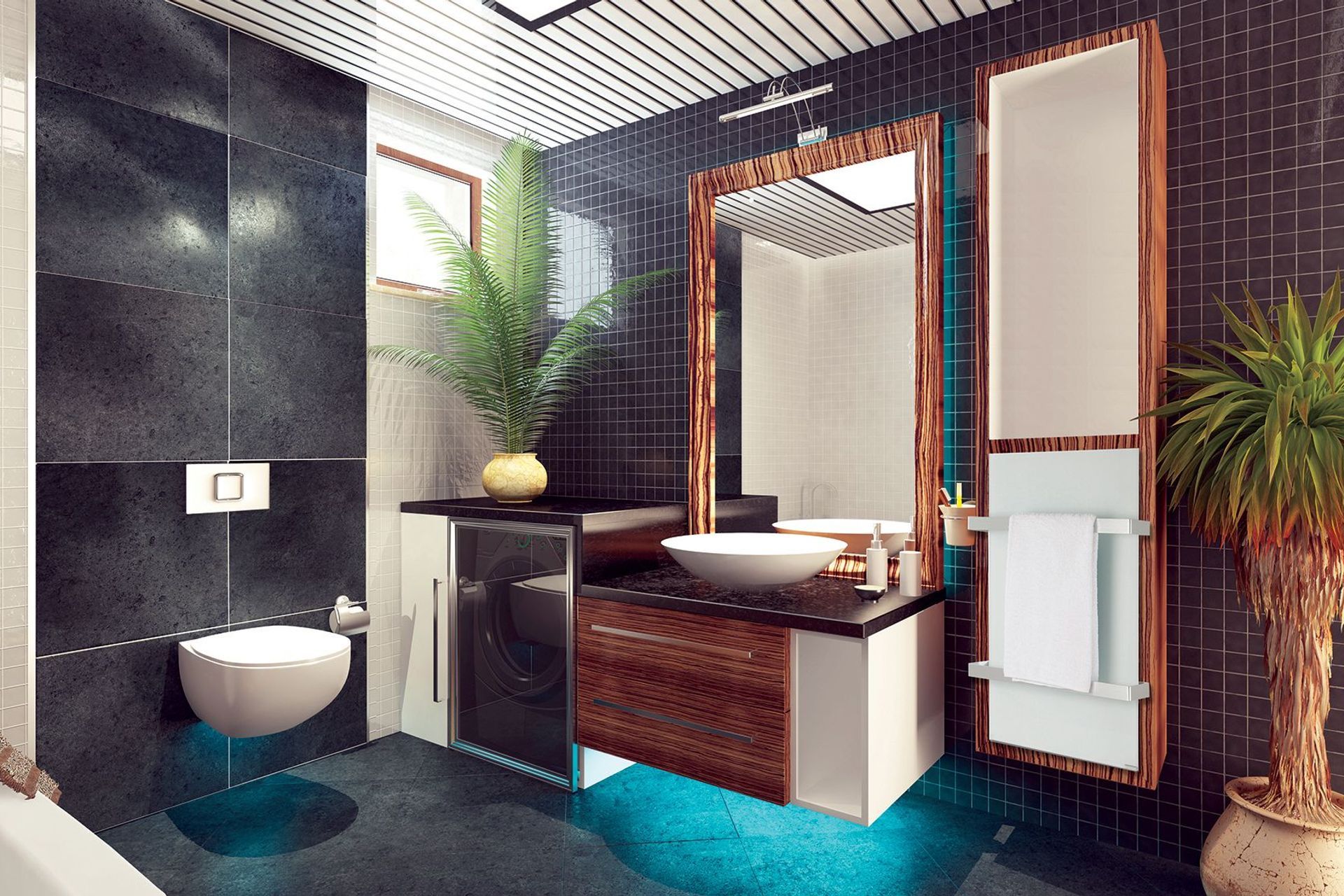Infrared heating: no witchcraft, just good science
Written by
14 July 2020
•
4 min read

The World Health Organization (WHO) recommends a minimum indoor temperature of 18˚C as a means of ensuring the health and wellbeing of your family. Unfortunately, New Zealand has a history of falling below world standards for home heating and insulation.
This imbalance is beginning to be addressed as new technologies in heating come on stream here, technologies such as infrared heating.
“Currently, there tends to be a fairly loose rule of thumb when it comes to gauging home heating needs,” says Wayne Bullus, Technical Manager of Herschel Infrared Heaters.
“With infrared technology, the process is much more robust, the result of which is a customised heating solution that is more cost- and energy-efficient.”
“Customers begin by completing a heating survey from which we gather information pertaining to the size and type of construction of their house, the level of insulation and the amount of glazing. From this we are able to identify a specific heating solution that will ensure a warmer, drier home in keeping with WHO guidelines.”

What is infrared heating?
“Unlike conventional convection heating—which works by heating the surrounding air and using naturally occurring thermal currents to distribute that heat throughout the room—infrared heating is a form of radiant heating utilising the direct transfer of heat from the heater to the object being heated without heating the air in between; it sounds like witchcraft but really it’s just good science based on nature.,” says Wayne.
“In that way, infrared heating works by heating the very fabric of the room creating an even thermal mass that maintains the heat for longer and distributes it back over time.”
Wayne concedes that infrared heaters take a little longer to heat a room compared to convection heaters but once warm, the room maintains a more consistent temperature for longer, which then requires less energy to remain warm, making it more cost-effective over a 24-hour period.

What are the health benefits of infrared heating?
“The biggest advantage to switching to infrared heating is the improvement in air quality within the home. Because radiant heating doesn’t use the surrounding air as a conduit for transferring heat, airborne dust particles and other pollutants are greatly reduced.
“In addition, because a stable thermal mass is produced, condensation is also greatly reduced or even eliminated altogether, as condensation only occurs when warm air meets a cool surface. Without condensation, there is no mould formation. You can see why infrared heating is an ideal solution for allergy sufferers, and they are beautifully quiet too.
“Since switching to infrared heating in my own home, we no longer have any condensation and through the system maintain an even 21˚ temperature throughout the winter. And, even though we’re heating more rooms now than when we were utilising two heat pumps, our power bill has dropped significantly.”

Not just for residential use
“Infrared heating technology performs extremely well when it is ceiling-mounted, which makes it ideal for use in commercial and industrial buildings where you want to maintain a clutter-free environment at floor level or you have a large number of people working within the one space.
“We have a number of ‘industrial’ solutions that can also be connected to automation systems that allow for individualised heating where and when required. Best of all, because of their low TCO (total cost of ownership) over time, infrared heaters are a highly cost-effective purchase for building owners/managers,” says Wayne. “With virtually no maintenance requirement and easy installation, the ‘buy back’ versus other technologies makes selecting infrared highly attractive for commercial use.”
“For the residential market, we offer a range of panel heaters in a variety of finishes—white, mirror, glass or picture—all of which look great in every room, with mirrors being particularly popular in bathrooms and bedrooms. Why not have a picture panel for your living room, or a glass panel you can use in your kitchen as a dry-wipe message board?
“Our panels are also low energy consumption, making them ideal for use with solar, battery storage and other renewable electricity generation for a truly sustainable heating system.
Learn more about infrared heating.